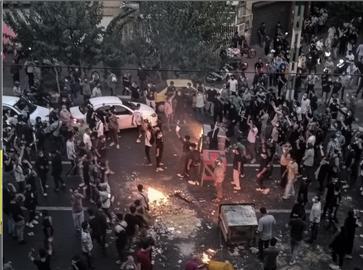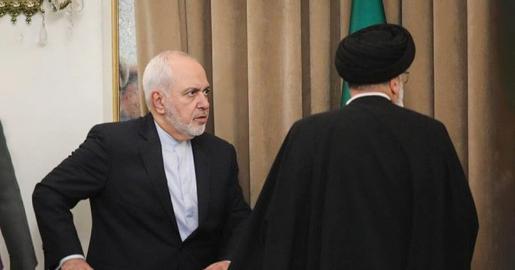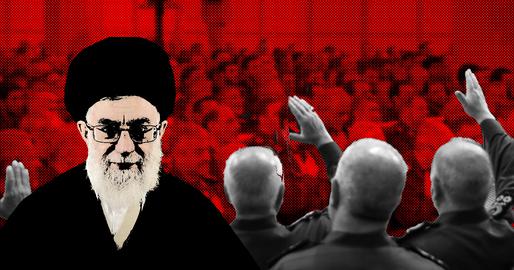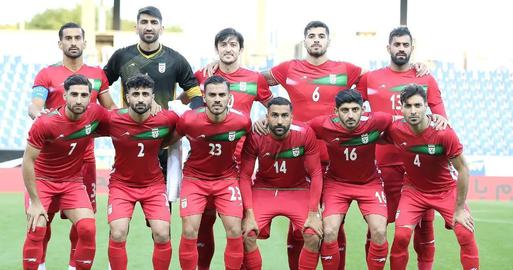By Simin Farahmand - A citizen journalist in Tehran
Almost forty days have passed, and the streets are still inflamed. The brutal suppression by the regime has meant the protests have divided into different "neighbourhoods”. However, parts of the capital are still surrounded by security forces.
This can be seen on Enghelab Street, especially between the city theatre and Enghelab Square, Karimkhan Street, ValiAsr Square and Keshavarz Boulevard.
If you track the history of Keshavarz Boulevard, this part of Tehran has always been the center of popular protests. Just like Tahrir Square in Cairo, which became a symbol of the 2011 Egyptian revolution, Keshavarz Boulevard was also the scene of protests for several weeks. Knowing this, the government's repression has been the most severe in this area. Below, we take a look at what’s happened there during the recent round of demonstrations.
It's Saturday, October 22. According to social media, everyone is waiting for a spark. It's around 3pm and people are looking at each other anxiously in the metro. Two young girls have removed their veils and are sitting on the floor, chatting and laughing. Men glance at them briefly and I think, unlike in the past, they feel ashamed to stare to them. The city theatre station is busy as always and you have to go up the escalator and enter the ValiAsr intersection to see the first agents.
In the open space in front of the city theatre, a group of anti-riot guards have gathered in a circle. Interestingly, they have taken a defensive position and drawn a fence on the ground around them. There are several vendors selling tea, soup, and hotdogs, and there are many girls and boys, men and women, busy socializing and enjoying the beautiful autumn day as if everything was normal.
The police’s anti-riot guards, like a shiny black mass, are the first group to be seen on the streets, and at this point, they are stationed only in sensitive centers such as the entrance of metro stations and government offices.
Three black vans are hidden behind city theatre’s hall, in front of the Vali Asr mosque, and the rest of the guards are hidden in the courtyard of the mosque. Some are sleeping and others are sitting and talking.
From here to Enghelab Square itself, another group is standing on the street every few meters, holding batons and shields and wearing khaki-coloured combat clothes. There is a small logo on each agent’s chest that reads: "Islamic Revolutionary Guards", but it is clear they are Basij agents and very young. They are all wearing white masks, but they cannot hide their wide eyes or their height.
A few meters further along we come across something else: A green taxi van full of women wearing veils. A bearded man brings them juice. A passer-by woman says, "Wow, what’s going on?" God have mercy!" Taxi vans and ambulances are now being used to oppress the Iranian people.
The fourth group consists of plainclothes officers. Outside the main gate of Tehran University, these men are gathering and cars are passing by with looks of fear. It is not clear what the agents are angry about. One of them yells at an old man standing on the sidewalk: "What are you looking at? Leave."
Plainclothes agent can be identified by their similar clothes and the shirts they wear over their pants. If you look carefully, you can see pepper spray and other weapons under their shirts. Their vans are white and new. On the back window, on the upper left hand side, it reads: "Allahm Ajl Lulik Al Faraj". Two of these vans were also parked in the middle of ValiAsr square, with the same sentence on their windows.
At all the main intersections of Enghelab square, a motorcycle anti-riot squad can be seen. The square itself is full of the same agents with motorbikes and vans.
Many shops are closed and there are very few passers-by. However, every few minutes a group of agents passes by on motorbikes, making a terrible noise and creating panic.
The other two heads of the dragon of suppression are visible here. The first: A group of armed forces wearing green guerilla uniforms, just like the uniforms of those the Islamic Republic calls "defenders of the shrine" and are fighting for the Bashar Assad regime in Syria. They are armed with paintball guns and tear gas grenade launchers. Their main headquarters is on Hijab street where they sit in the middle of the boulevard in the grass.
They do not have the anxiety or discipline of the other forces. Like a commando group resting between operations, they talk loudly and joke with each other. All of them have black hats that they pull down during a clash.
I feel bad for the sixth group. From the end of the boulevard to ValiAsr square, I can see them on benches in the middle of the boulevard. One of them is sitting, looking very tired. I think they are most likely information officers. After five weeks of hard work, they have fallen asleep. Now they just stand guard and supervise. It is about 5:30pm and my work here is over. I have to go to other places in the city to see the main protest. Everywhere in Tehran is Tahrir now.
visit the accountability section
In this section of Iran Wire, you can contact the officials and launch your campaign for various problems

























comments